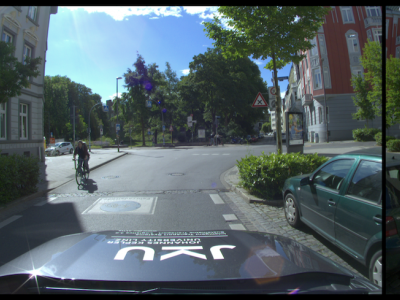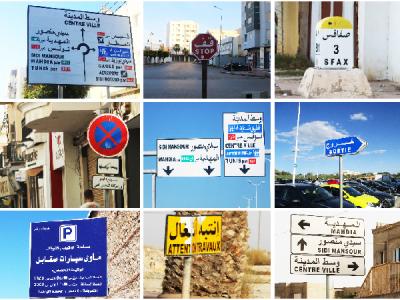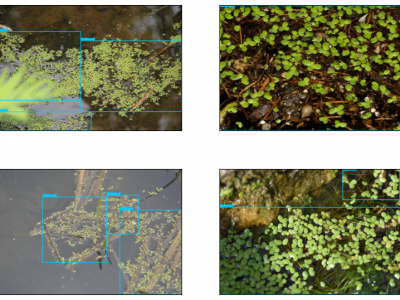Computer Vision
The accurate classification of landfill waste diversion plays a critical role in efficient waste management practices. Traditional approaches, such as visual inspection, weighing and volume measurement, and manual sorting, have been widely used but suffer from subjectivity, scalability, and labour requirements. In contrast, machine learning approaches, particularly Convolutional Neural Networks (CNN), have emerged as powerful deep learning models for waste detection and classification.
- Categories:
 1030 Views
1030 ViewsThe existing datasets lack the diversity required to train the model so that it performs equally well in real fields under varying environmental conditions. To address this limitation, we propose to collect a small number of in-field data and use the GAN to generate synthetic data for training the deep learning network. To demonstrate the proposed method, a maize dataset 'IIITDMJ_Maize' was collected using a drone camera under different weather conditions, including both sunny and cloudy days. The recorded video was processed to sample image frames that were later resized to 224 x 224.
- Categories:
 482 Views
482 Views
Scene text detection and recognition have attracted much attention in recent years because of their potential applications. Detecting and recognizing texts in images may suffer from scene complexity and text variations. Some of these problematic cases are included in popular benchmark datasets, but only to a limited extent. In this work, we investigate the problem of scene text detection and recognition in a domain with extreme challenges.
- Categories:
 117 Views
117 Views
Scene text detection and recognition have attracted much attention in recent years because of their potential applications. Detecting and recognizing texts in images may suffer from scene complexity and text variations. Some of these problematic cases are included in popular benchmark datasets, but only to a limited extent. In this work, we investigate the problem of scene text detection and recognition in a domain with extreme challenges.
- Categories:
 28 Views
28 ViewsThe IAMCV Dataset was acquired as part of the FWF Austrian Science Fund-funded Interaction of Autonomous and Manually-Controlled Vehicles project. It is primarily centred on inter-vehicle interactions and captures a wide range of road scenes in different locations across Germany, including roundabouts, intersections, and highways. These locations were carefully selected to encompass various traffic scenarios, representative of both urban and rural environments.
- Categories:
 483 Views
483 Views
This dataset, referred to as LIED (Light Interference Event Dataset), is showcased in the article titled 'Identifying Light Interference in Event-Based Vision'. We proposed the LIED, it has three categories of light interference, including strobe light sources, non-strobe light sources and scattered or reflected light. Moreover, to make the datasets contain more realistic scenarios, the datasets include the dynamic objects and the situation of camera static and the camera moving. LIED was recorded by the DAVIS346 sensor. It provides both frame and events with the resolution of 346 * 260.
- Categories:
 85 Views
85 Views
The dataset comprises a diverse collection of images featuring windows alongside various artificial light sources, such as bulbs, LEDs, and tube lights. Each image captures the interplay of natural and artificial illumination, offering a rich visual spectrum that encompasses different lighting scenarios. This compilation is invaluable for applications ranging from architectural design and interior decor to computer vision and image processing.
- Categories:
 109 Views
109 Views
Investigating how people perceive virtual reality videos in the wild (i.e., those captured by everyday users) is a crucial and challenging task in VR-related applications due to complex authentic distortions localized in space and time. Existing panoramic video databases only consider synthetic distortions, assume fixed viewing conditions, and are limited in size. To overcome these shortcomings, we construct the VR Video Quality in the Wild (VRVQW) database, which is one of the first of its kind, and contains 502 user-generated videos with diverse content and distortion characteristics.
- Categories:
 108 Views
108 ViewsSTP dataset is a dataset for Arabic text detection on traffic panels in the wild. It was collected from Tunisia in “Sfax” city, the second largest Tunisian city after the capital. A total of 506 images were gathered through manual collection one by one, with each image energizing Arabic text detection challenges in natural scene images according to real existing complexity of 15 different routes in addition to ring roads, roundabouts, intersections, airport and highways.
- Categories:
 233 Views
233 ViewsDeficient domestic wastewater management, industrial waste, and floating debris are some leading factors that contribute to inland water pollution. The surplus of minerals and nutrients in overly contaminated zones can lead to the invasion of different invasive weeds. Lemnaceae, commonly known as duckweed, is a family of floating plants that has no leaves or stems and forms dense colonies with a fast growth rate. If not controlled, duckweed establishes a green layer on the surface and depletes fish and other organisms of oxygen and sunlight.
- Categories:
 169 Views
169 Views



